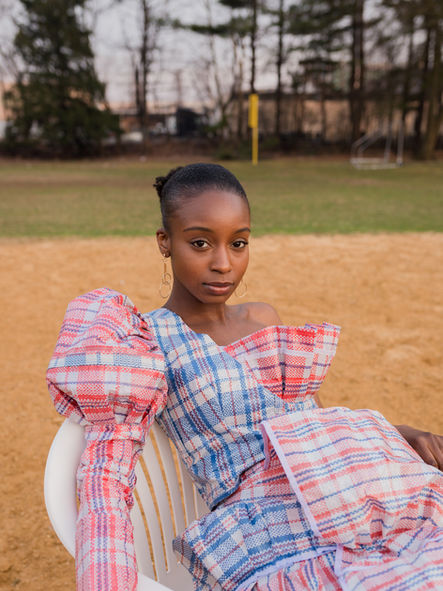These bags that are now seen in fashion, sold by stores such as Topshop, Opening Ceremony and high-end designers like Louis Vuitton are originally known as “Ghana Must Go” bags in most of West Africa. It is also humorously called “Efiewura Sua Me” in Ghana, meaning “help me carry my bag” as there’s always someone at the bus station, market, etc who needs help moving such bags. (Koranteng’s Toli, 2007).
It all began in 1983 Nigeria, when an exodus of over 2 million West African immigrants (mostly Ghanians) transpired. This was due to socioeconomic hardships in Nigeria which occurred during 1983 when oil prices plummeted. Being an oil-rich country, Nigeria had the luxury of economic benefits during an oil boom in the 70s. This provided job opportunities which lured in neighboring countries in search of better lives. Unfortunately, it was short-lived and the economy weakened, instigating the “Ghana Must Go” revolution. This was an extremely difficult time as many who departed Nigeria were denied entry into other countries (because of their reluctancy to an influx of immigrants). As a result, expelled immigrants were forced to camp in the middle of the borders of Nigeria & Benin Republic. Even worse, some Ghanians drowned in severely crowded boats, traveling by sea. Incidentally, in 1969, Ghana also forcefully expelled hundreds of thousands of immigrants from its country due to economic crisis. For some, this was believed to be an act of retaliation. However, the relationship between Nigeria & Ghana has since been strengthened and migration was then named “Ghana Must Go”.
Source: Olaleye, L. The London School of Economics & Political Science.
Time & time again, history has proven to us that forceful relocation is one of the first choices that the government makes when facing economic hardships. It is important for leaders to govern in a peaceful and fair manner that prevents the ordering of people of different nationalities from countries. There’s always another way, we just have to look harder.















